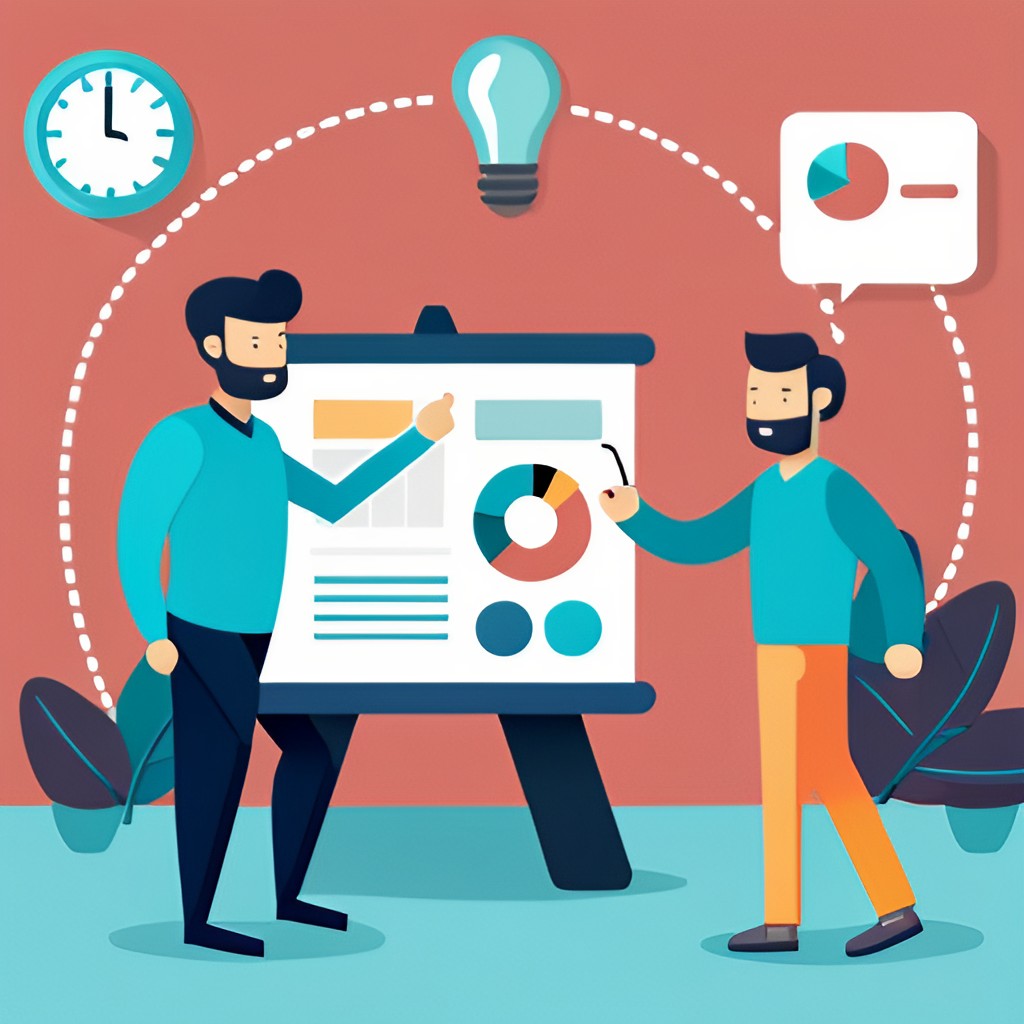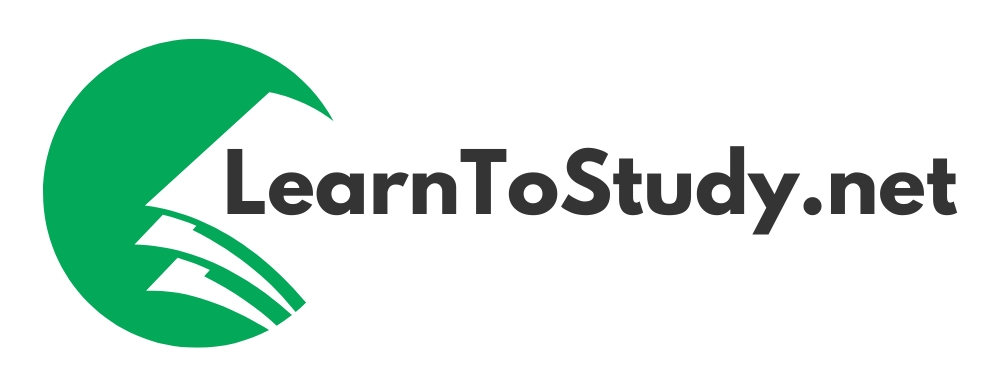
Visual learning, a predominant style among various educational methods, stands out as particularly influential. This approach is especially beneficial for individuals who excel at absorbing and retaining information presented through diagrams, images, and other visual formats. By enhancing visual learning, we can significantly improve our educational experiences.
In the realm of visual learning techniques, transforming traditional lecture notes and textbook content into mind maps, charts, or graphics can significantly boost our understanding and memory retention. This article will delve into a variety of strategies for visual learners, equipping those who resonate with this learning style with an effective toolkit.
Identifying Visual Learning
At the core of visual learning methods is the scientific understanding of our brain’s ability to process visual information efficiently and effectively. Compared to other forms of input, visuals can engage multiple senses, fostering connections and associations between concepts. This makes visual learning resources an essential part of any educational toolkit.

Techniques for Visual Learners
For those who identify as visual learners, incorporating visual learning strategies can be transformative. Simple tactics like organizing notes visually or using color codes to differentiate concepts can enhance the learning process. Additionally, the use of mnemonics – memory aids that utilize words, images, or rhymes – can be particularly effective in optimizing visual learning.
Embracing Video in Visual Learning
The role of video in visual learning tips and tools cannot be overstated. Videos and animations engage visual learners by bringing abstract concepts to life. This aspect of visual learning style guide has revolutionized how complex ideas are communicated, especially in fields where visual perception is key.

Tools and Resources for Visual Learning
A variety of tools and resources are available to augment the visual learning experience. From mind mapping software to interactive whiteboards, these tools are instrumental in presenting complex information visually, a core aspect of effective learning for visual learners.
By embracing these strategies for visual learners, individuals can enhance their ability to absorb and process information, making learning more engaging and impactful. Understanding the characteristics of visual learners is crucial for educators and learners alike to tailor teaching and learning strategies, maximizing the educational experience.
Challenges and Solutions for Visual Learners
Despite the advantages, visual learners may encounter specific challenges. These can range from difficulty in processing information presented in purely auditory formats to struggling with concentration without visual cues. However, these challenges also bring opportunities to leverage the unique strengths of visual learners, like their ability to process information effectively through visual stimuli and their keen observation skills.
To overcome these obstacles, visual learners can employ a range of visual learning techniques. Utilizing visualization tools such as mind maps, flowcharts, and diagrams can be incredibly beneficial. Moreover, incorporating visual aids like images, videos, and animations can provide a more comprehensive understanding of complex concepts. These methods are part of an overall effective learning strategy for visual learners.

Embracing the Power of Visual Learning
The journey of education is a dynamic one, filled with discovery and adaptation. For visual learners, this journey is enhanced through the use of specialized techniques. By embracing the power of visual learning, these individuals can transform their educational experiences. Visual learning is not merely a method; it’s a pathway to acquiring knowledge and developing new skills in a way that resonates with their natural inclinations.
Through the application of visual learning strategies and the utilization of various visual learning tips and tools, learners can unlock their full potential. Whether it’s by leveraging visual learning resources or creating a personalized visual learners’ toolkit, the educational experience becomes richer and more engaging.
Paving the Way for Success
The final step in this journey is recognizing the transformative impact these strategies can have. Enhancing visual learning and optimizing visual learning methods lead to significant improvements in comprehension and retention for visual learners. By adopting these strategies, they can not only overcome educational challenges but also excel in their learning endeavors.
This approach paves the way for success in both academic and professional arenas, illustrating the profound effect that tailored learning strategies can have. As educators and learners continue to explore and develop these strategies for visual learners, we open doors to more effective, engaging, and successful learning experiences.

